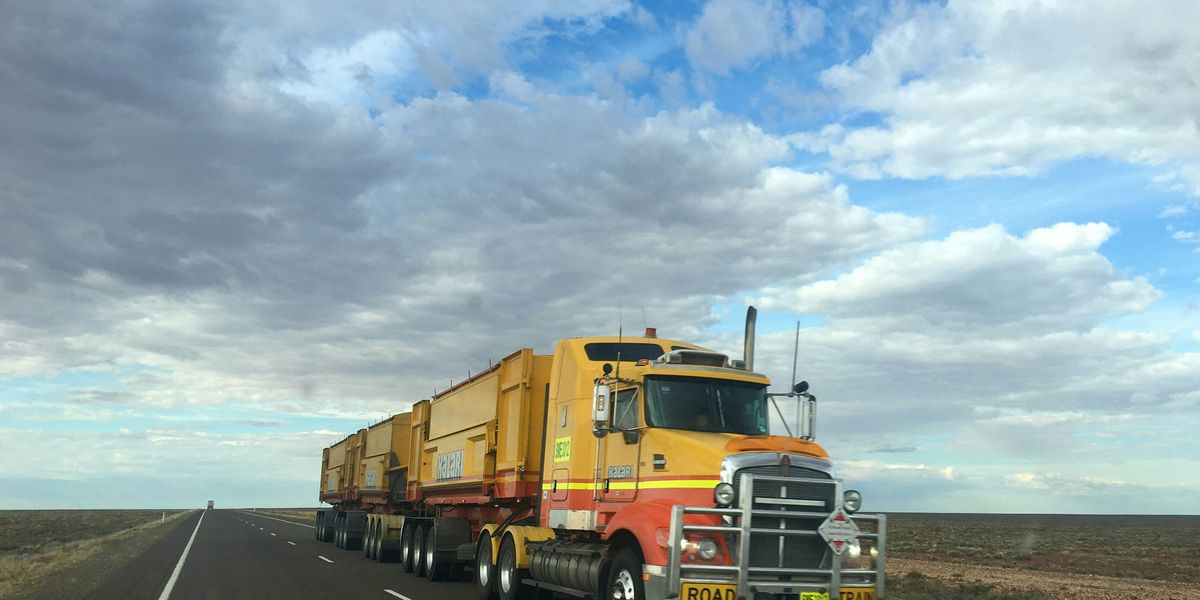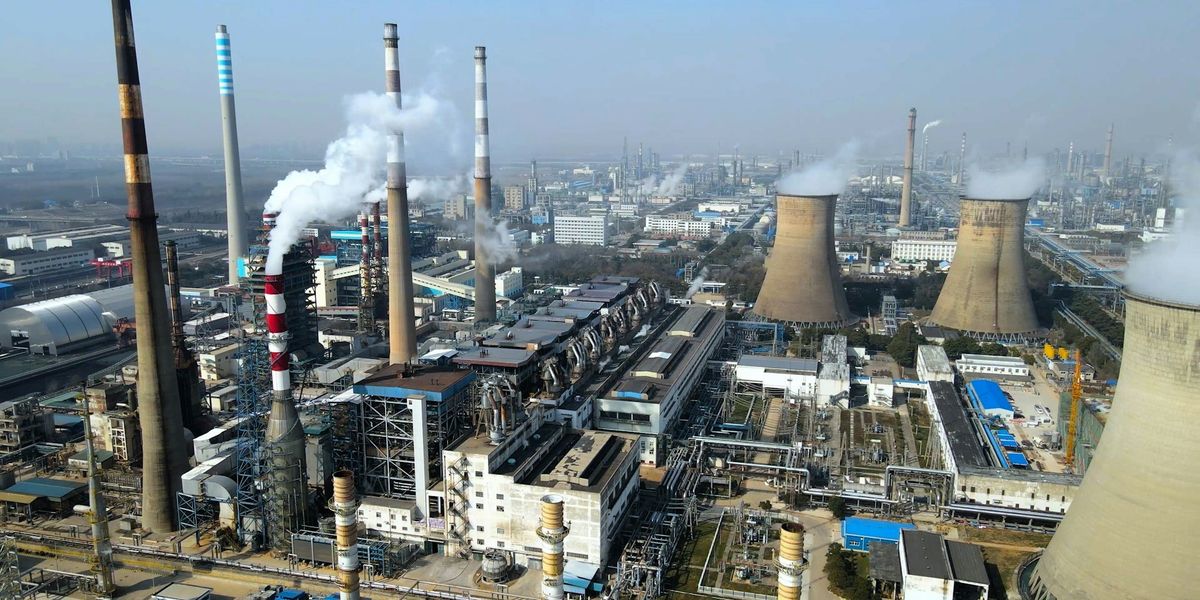lymphoma
‘It’s just too close’: People living near fracking suffer as Pa. and local governments fail to buffer homes
A Pennsylvania bill that would limit fracking near homes and schools was shelved this summer right before a scheduled committee vote. In a small town in shale country, accounts of misery and discord show the stakes.
Pennsylvania residents call for action after study links fracking to asthma and lymphoma
A “bombshell” set of studies that linked fracking exposure to lymphoma, asthma and low birth weight is making waves in Pennsylvania and prompting calls by some for a ban on fracking in the state.
Pennsylvania residents call for action after study links fracking to asthma and lymphoma
A Pennsylvania study suggests links between fracking and asthma, lymphoma in children
Receding floodwaters expose long-term health risks after Harvey.
Benzene churns through Houston’s economy. The clear, sweet-smelling chemical is found in the crude oil processed in the region’s refineries and is used to make plastic, pesticides and other products.
Receding Floodwaters Expose Long-Term Health Risks After Harvey
By Jennifer A Dlouhy
Scores of wastewater, sewage discharges reported since storm
Air monitoring reveals benzene plume near Houston refinery
Members of the Texas National Guard walk the streets of Orange as Texas slowly moves toward recovery from the devastation of Hurricane Harvey on Sept. 5. Photographer: Spencer Platt/Getty Images
Benzene churns through Houston’s economy. The clear, sweet-smelling chemical is found in the crude oil processed in the region’s refineries and is used to make plastic, pesticides and other products.
It’s also a carcinogen whose cancer-causing properties illustrate the risks that will linger for southeast Texas long after the floodwaters of Harvey have receded. Thousands of homes were submerged in murky water that may have been tainted with benzene and other runoff from an area that boasts the nation’s largest concentration of refineries and petrochemical plants.
"This is going to be an ongoing concern, because some chemicals, when they get in water, become active and volatile," said Christine Todd Whitman, a Republican who led the Environmental Protection Agency from 2001 to 2003. "There are some major areas of problem."
EPA officials are still trying to access and inspect 11 federal Superfund sites that were swamped by the storm to determine whether contaminants escaped, including such cancer-causing agents as benzene, cadmium and trichloroethene.
Residents near a still-submerged wastewater treatment plant in west Houston were warned Wednesday that the risk of migrating sewage makes it unsafe to drink untreated water from private wells.
More: Vacant Government Posts Hamper Harvey Aid as Irma Set to Strike
At least 94 spills of sewage and wastewater have been reported to the Texas Commission on Environmental Quality since Hurricane Harvey hit the state. Among those releases: a discharge of unknown amounts that Kinder Morgan Petcoke LP reported reaching the San Jacinto River and 100,000 gallons that Sasol Chemicals USA said had been discharged from its Green Bayou plant.
There are no reports of benzene reaching waterways in Harvey’s wake, but initial disclosures don’t detail specific chemicals, and extensive water testing is still needed, said ecologist Shaye Wolf, the Center for Biological Diversity’s climate science director.
Valero Energy Corp. is mopping up oil at one of its refineries after a tank roof partially collapsed, releasing an estimated 6.7 pounds of benzene. After local residents complained about the odor, health officials and representatives of the Environmental Defense Fund detected high amounts of benzene in air around the facility. Measured concentrations reached as high as 324 parts per billion, according to the Houston Health Department -- well above the level at which federal officials recommend workers don respiratory masks and protective gear.
Valero spokeswoman Lillian Riojas said the oil that leaked "was quickly contained and has been confined to the corner of the containment area where clean-up is well underway."
More: Irma Lashes Caribbean as Florida Braces for Powerful Storm
The EPA said in a statement it was working with city and county officials on the benzene plume, identified near Houston’s Manchester neighborhood. The agency also said it was coordinating with the U.S. Coast Guard on a large oil spill in the Houston area.
Hurricane Harvey’s 130 mph (209 kph) winds and drenching rains caused tens of billions of dollars of damage, leaving residents sifting through sodden belongings, ripping up water-soaked carpet and tugging wet drywall to heaping piles of refuse that stand as monuments to the carnage. But environmentalists and public health experts are warning about an array of unseen dangers that may threaten residents after the storm debris is hauled away.
"These are long-term chronic exposures," said Elena Craft, a toxicologist with the Environmental Defense Fund. "We don’t know what’s going to be in the mud that’s in people’s houses. We don’t know what’s going to be in the water of private wells."
And it will take time to determine the extent of the risks.
Superfund Sites
So far, the EPA says there’s no indication that Harvey released hazards from 28 Superfund sites in the area that were spared damage or excessive flooding. And the Texas Commission on Environmental Quality said that assessments at 12 of 17 state Superfund sites in hurricane-affected areas have documented "no issues."
But the picture is more complicated at 13 federal Superfund sites that were flooded; response personnel have so far only been able to access and confirm that two of those do not require emergency cleanup.
"Teams are in place to investigate possible damage to these sites as soon as floodwaters recede and personnel are able to safely access the site," EPA spokesman David Gray said by email.
The EPA says it has 185 personnel supporting Hurricane Harvey response efforts, and the agency is coordinating with local, state and other federal officials to address human health and environmental concerns, Gray said.
It could be days before the EPA is able to fully inspect the San Jacinto River Pits, a former dumping ground for pulp and paper-mill waste in the 1960s that’s full of cancer-causing dioxin and furans associated with non-Hodgkin’s lymphoma, respiratory cancer and soft-tissue sarcoma.
Divers Scheduled
With most of the site still submerged, the agency is planning to deploy divers to inspect an underwater cap of plastic, soil and gravel that’s meant to prevent the migration of hazardous material, said Sam Coleman, an EPA acting regional administrator. Based on predicted river conditions, that inspection is expected to take place Monday.
It can take weeks -- or longer -- for some storm-provoked leaks even to be detected. For instance, it took months to discover a breach in the cap at the San Jacinto Waste Pits after flooding two years ago.
At the U.S. Oil Recovery Superfund site in east Houston, where benzene lurks at a former wastewater treatment plant, tight-fitting black tarps covered red containers holding toxic sludge and sewage on Monday. Aerial surveillance showed floodwaters never reached the containers, EPA’s Coleman said.
At the nearby Highland Acid Pit, a vegetation-covered soil cap appeared undamaged, indicating the pollution under the surface was unaffected by Harvey, Coleman said, though a check of on-site monitoring wells in coming days is necessary to confirm that preliminary finding.
Ongoing remediation efforts have helped make some Superfund sites more resilient during storms, including the construction of berms to contain runoff, said Neil Carman, a former field inspector for the state’s environmental commission who visited more than 200 plants annually.
Soil Sampling
"They’ve done a lot of things to try and contain this material," Carman said, but even so, "I would expect to find a problem at several of them."
Even if sites appear sound after visual inspections, ongoing water monitoring and soil sampling will be necessary to verify floodwaters or underground leaks haven’t carried contaminants far away -- into neighboring yards, homes and private water wells.
"These waters have gone all over these residential areas," said Kara Cook, toxics program director with the U.S. Public Interest Research Group. "It could be in the soil, where your kids play, where they’re putting stuff in their mouths."
Flooded homes may have been bathed in contaminants, said Erik Olson, director of the health program at the Natural Resources Defense Council.
Previously: Harvey’s Cleanup List: Toxic Plumes, Dead Animals, Debris
"We are very concerned about the toxic chemicals in the water," Olson said. "Once the water recedes, that mud is not just mud. It’s going to be petrochemicals, it’s going to be toxic chemicals."
Some fears may never be realized. After Hurricane Katrina ravaged Louisiana in 2005, New Orleans residents braced for a "toxic gumbo" of chemicals, with "the potential for unparalleled exposure to toxics and contaminants," but the National Academy of Engineering reported in 2008 that those initial concerns weren’t borne out.
"Although floodwaters did contain significant short-term biological hazards that posed risks to stranded residents and relief workers," the engineering academy said, "they did not contain chemical toxicants at levels" that would lead to long-term impacts beyond a similar volume of city storm water.
— With assistance by Ari Natter, and Jack Kaskey
Time to clean up the San Jacinto waste pits.
The federal government bears responsibility for Superfund sites like the San Jacinto waste pits, and it falls on Pruitt to uphold his part of that covenant.
Time to clean up the San Jacinto waste pits
Recovery from Harvey should include cleanup of the San Jacinto waste pits
Published 5:07 pm, Monday, September 4, 2017
Photo: Michael Paulsen, Staff
A sign warns the public about the EPA Superfund Site not to eat contaminated seafood caught from the water along Interstate 10 near the San Jacinto River east of Houston in Channelview. (Houston Chronicle file photo)
After Noah survived the great deluge, God placed a rainbow in the sky as an everlasting covenant with man, promising to never again punish the Earth with such a deadly flood.
Any rainbow sheen you may see today across the Gulf Coast floodwaters is no godly doing. Runoff from chemical plants, petroleum pipelines and at least a dozen Superfund sites risks transforming the destructive rain into a putrid stew filled with lead, arsenic and other toxic and carcinogenic chemicals.
So you can't help but worry when looking at the pictures of the Vita Bella assisted-living center during Hurricane Harvey - an elderly woman calmly knitting in the Dickinson nursing home while the brown waters swirl around her feet.
They could have used an ark.
The image was shocking enough to hasten a rescue, but the damage may have already been done. After all, some of the worst flood hazards can't be picked up by photograph.
"There's no need to test it. It's contaminated. There's millions of contaminants," Porfirio Villarreal, a spokesman for the city of Houston Health Department told the New York Times as to the floodwaters.
Nowhere is the risk more worrisome than the San Jacinto waste pits, which sit between the communities of Highlands and Channelview. One of the San Jacinto waste pits, covered by a temporary armored cap, was partially submerged in the river even before Hurricane Harvey. Now they're totally engulfed.
Last year, the Army Corps of Engineers predicted the protective device might not be reliable "under very extreme hydrologic events which could erode a sizable portion of the cap."
Harvey - which has been called a 1,000-year-flood - would certainly qualify. Now we have to worry that the cap was damaged and the toxic mess has spread downriver to Galveston Bay.
As part of the recovery efforts, Environmental Protection Agency Administrator Scott Pruitt should make time to visit the submerged pits, which were designated a federal Superfund site in 2008.
Pruitt has said he plans to create a "top-10 list" of key Superfund sites and target sites where "the risk of human exposure is not fully controlled."
The pits fit the bill: They've been ravaged by weather and contain dioxin, a highly toxic chemical that increases the risk for several cancers, including lung cancer and non-Hodgkin's lymphoma, and has been linked to birth defects, liver damage and dermatological disorders.
The EPA actually proposed a solution to the pits last year: Remove about 202,000 cubic yards of contaminated material at cost of nearly $100 million. Of course, the cost and nature of the remediation may have changed depending on whether the armored cap has been damaged.
Regardless, Pruitt should cut through the bureaucratic red tape that has slowed the cleanup of this site and act boldly in holding companies responsible for past contamination.
This site has been unsafe for over 60 years - longer than many Texans have been alive. It is time to finally clean up our river. Any Harvey recovery bill must fund this sort of ecological repair alongside the economic and infrastructure needs.
"For years our communities and local government have told the EPA it is not a matter of if, but when, a storm devastates the pits," Jackie Young, executive director of the Texas Health and Environment Alliance, told the editorial board.
The federal government bears responsibility for Superfund sites like the San Jacinto waste pits, and it falls on Pruitt to uphold his part of that covenant.
















